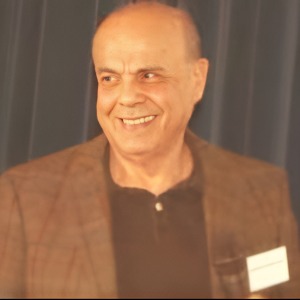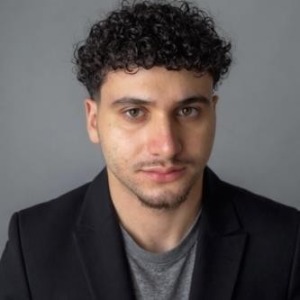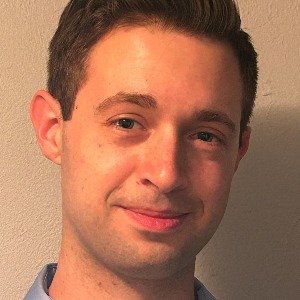Coracoclavicular Ligame
The coracoclavicular Ligament is a vital ligament located in the shoulder, providing crucial stability to the acromioclavicular (AC) joint. Comprising two components, the conoid ligament and the trapezoid ligament, it originates from the coracoid process of the scapula and inserts into the clavicle. The coracoclavicular ligament is essential for maintaining the proper alignment and function of the AC joint, which connects the acromion of the scapula to the clavicle. This ligament is particularly important for preventing dislocations and ensuring the coordinated movement of the shoulder girdle. Injuries to the coracoclavicular ligament, often resulting from trauma or dislocations, can lead to AC joint instability and pain. Treatment may range from conservative measures such as rest, immobilization, and physical therapy to surgical interventions, including ligament reconstruction or repair. Understanding the anatomy and function of the coracoclavicular ligament is crucial in orthopaedics, especially when diagnosing and managing injuries to the AC joint. Proper care and rehabilitation are essential for restoring stability and function to the shoulder complex after ligamentous injuries.

Stephen S Tower
University of Alaska Anchorage, United States
Marcos Brioschi
American Academy of Thermology, United States
Ali Al Kaissi
National Ilizarov Medical Research Center for Traumatology and Orthopaedics, Russian Federation
Akash Ganguly
Warrington and Halton Hospitals NHS FT, United Kingdom
Hussein Jaber
University of Cambridge, United Kingdom




Title : Knotless suture repair for chronic lateral ankle instability: A systematic review & single- arm meta-analysis
Hussein Jaber, University of Cambridge, United Kingdom
Title : The UK profemur recall and implant cobaltism
Stephen S Tower, University of Alaska Anchorage, United States
Title : The tomographic phenotype and the genotype of wormain bones
Ali Al Kaissi, National Ilizarov Medical Research Center for Traumatology and Orthopaedics, Russian Federation
Title : Total Knee Arthroplasty (TKA) in hemophilic arthropathy: Modern outcomes and perioperative strategies
Jack Russek, Touro University California, United States
Title : Musculoskeletal and orthopedic implications of Gender-Affirming Hormone Therapy (GAHT): A PRISMA-Guided systematic narrative review
Jack Russek, Touro University California, United States
Title : New treatment of muscle contracture and joint contracture through muscle regeneration with mitochondrial dynamics
Ki Ji Lee, Busan Medical University, Korea, Republic of